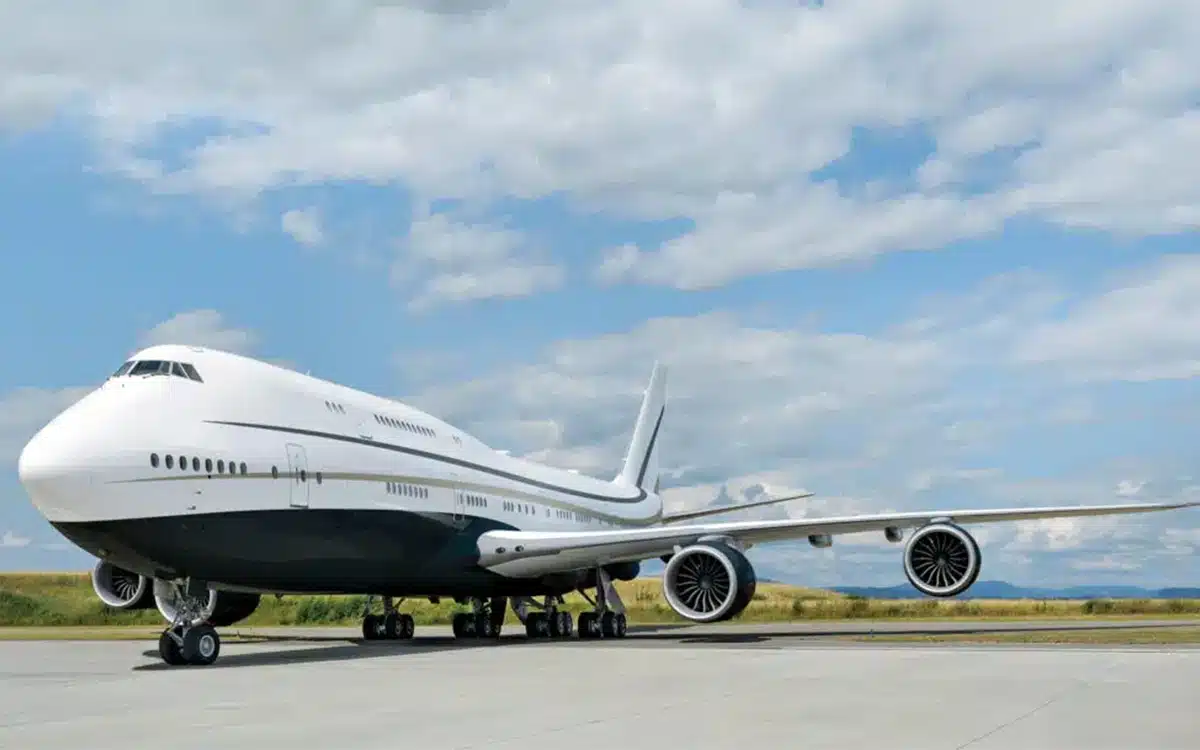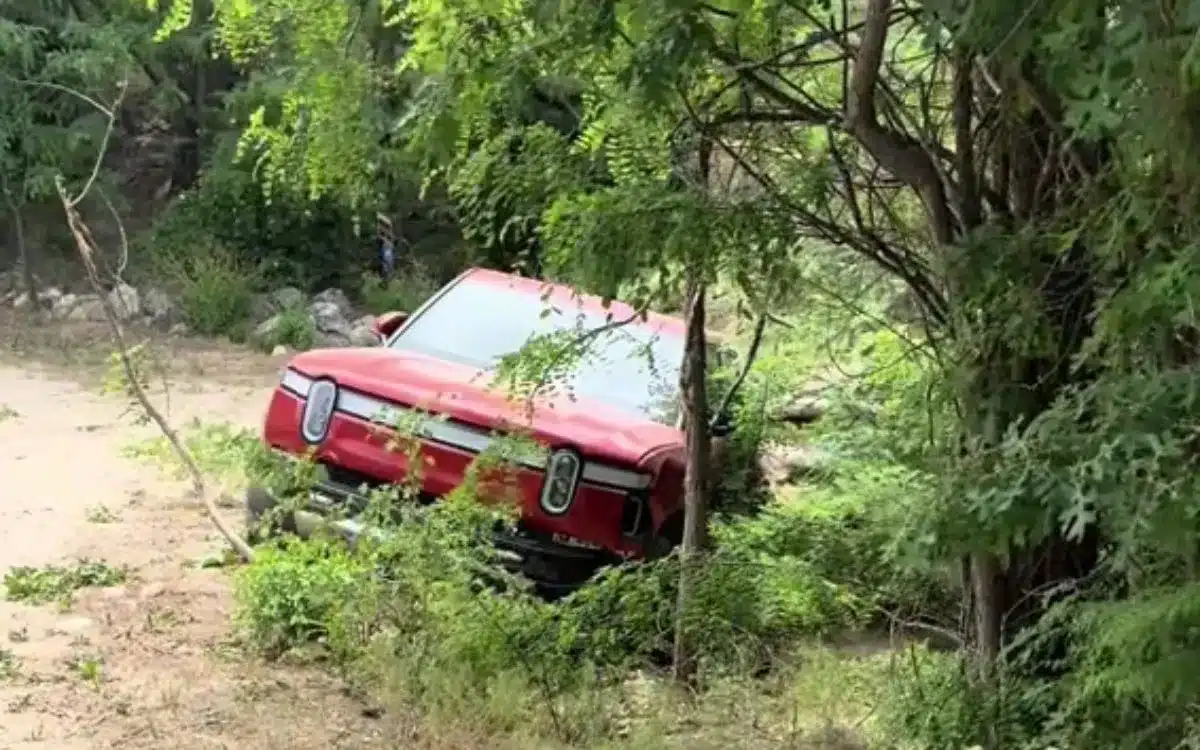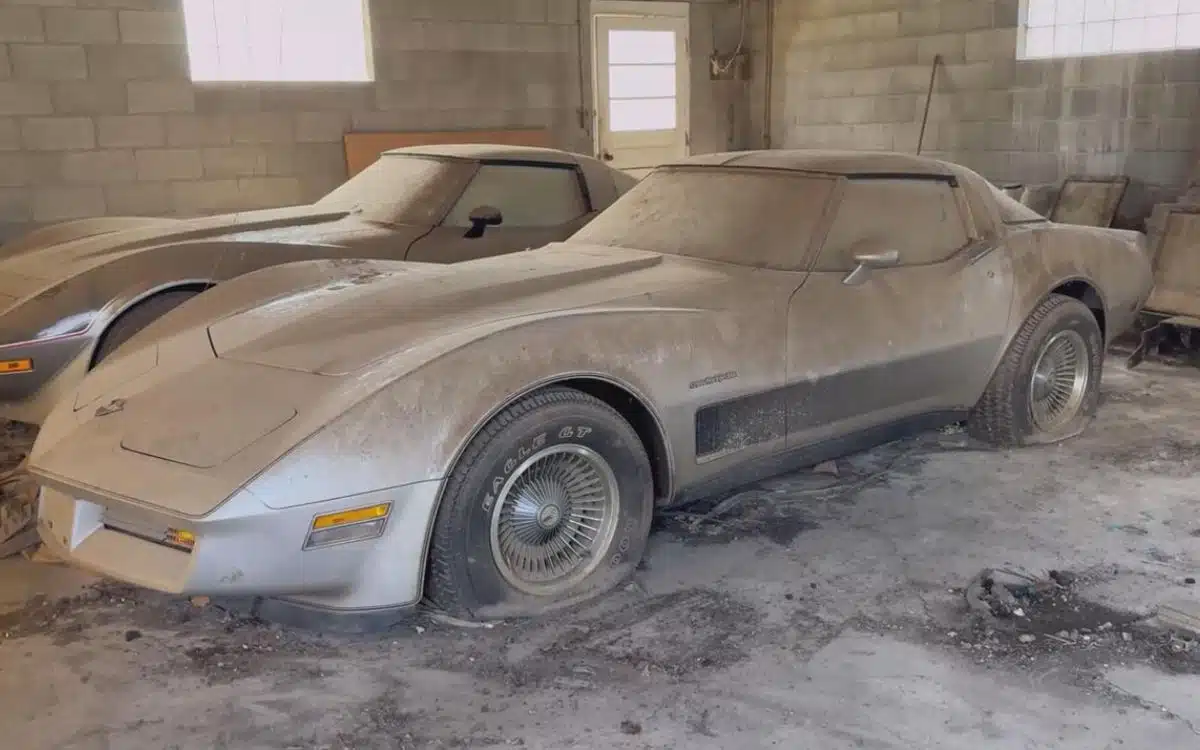First-ever samples from the far side of the Moon have arrived on Earth
- China National Space Administration’s (CNSA) lunar probe has returned to Earth carrying first-ever samples from the moon’s far side.
- Chang’e-6 blasted off in May and was tasked with collecting samples from the dark side of the moon
- It’s the first time such samples have been collected
Published on Jun 27, 2024 at 6:34 AM (UTC+4)
by Claire Reid
Last updated on Jun 28, 2024 at 1:30 PM (UTC+4)
Edited by
Tom Wood
China National Space Administration’s (CNSA) lunar probe has returned to Earth carrying rare rocks from the far side of the moon.
Chang’e-6 landed in the Inner Mongolia desert on Tuesday, June 25, successfully completing its historic mission, which took just under two months in total.
The mission saw Chang’e-6 collecting the first-ever samples from the dark side of the moon, which will now be analyzed here on Earth.
The re-entry module landed in a designated zone just after 2:00pm local time, with the space agency branding it a success.
READ MORE! NASA and SpaceX combining to build first Moon base
The mission to the far side was a ‘complete success’
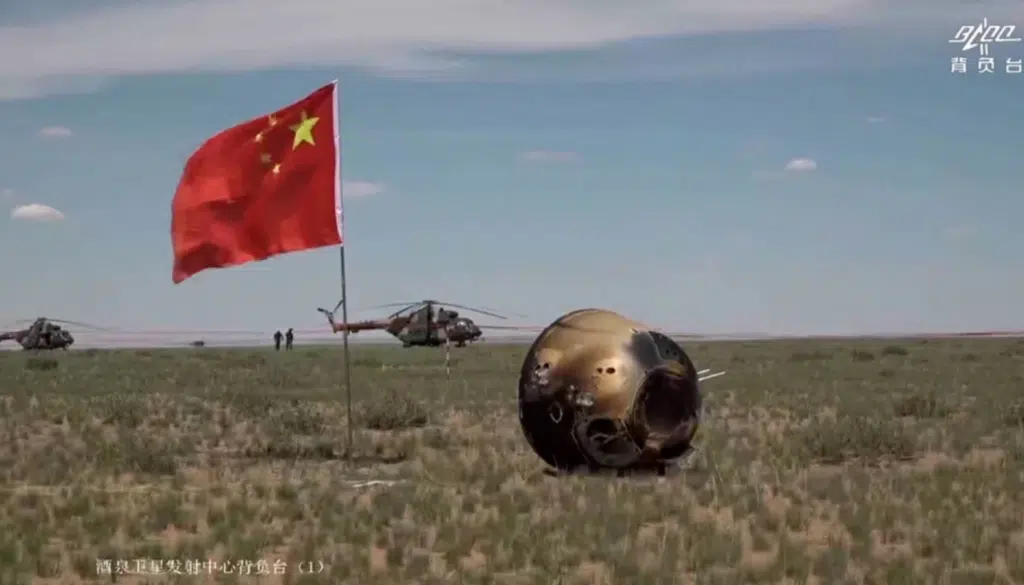
“The Chang’e-6 lunar exploration mission has been a complete success,” CNSA head Zhang Kejian, said from the control room.
China first landed on the far side of the moon – the part facing away from Earth, anyway – back in 2019 and has previously sent images back to Earth.
The far side presents more of a challenge for rovers due to its difficult terrain, which is packed full of large craters.
However, it’s also believed to contain water ice – so is of much interest to scientists.
Chang’e-6 blasted off May 3 and landed near the moon’s south pole, as planned.
It used a drill and a small robotic arm to scoop up rocks and soil samples, as well as taking some photos of the surface of the moon.
It also planted a Chinese flag.
The samples will now be sent to Beijing for testing, while the scientific world eagerly awaits the results.
“It’s incredibly exciting to see this”
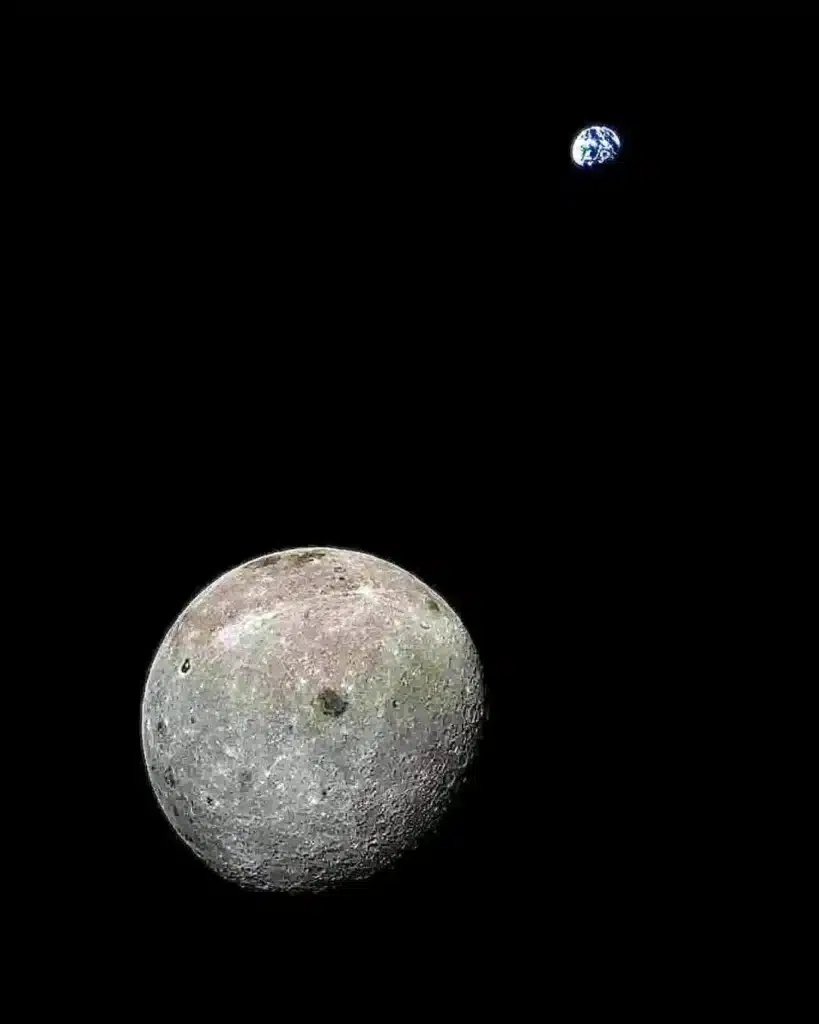
“It’s incredibly exciting to see this landing successfully,” Catherine Heymans, the Astronomer Royal for Scotland, told the BBC.
“The geological activity on the Moon is very different on the near side and the far side and it’s been a big puzzle why we see those differences.
“Is it very similar to the Earth? Can that confirm our theory that the Earth and the Moon were once the same thing?”
The samples could also be used to help advance our understanding of how to use resources on the moon for future exploration.
Just last month CNSA shared a video of its moon base; while NASA announced it was joining forces with SpaceX to build its first moon base.
# Tags - Space

Claire Reid
Claire Reid is a journalist who hails from the UK but is now living in New Zealand. She began her career after graduating with a degree in Journalism from Liverpool John Moore’s University and has more than a decade of experience, writing for both local newspapers and national news sites. Across her career she's covered a wide variety of topics, including celebrity, cryptocurrency, politics, true crime and just about everything in between.
